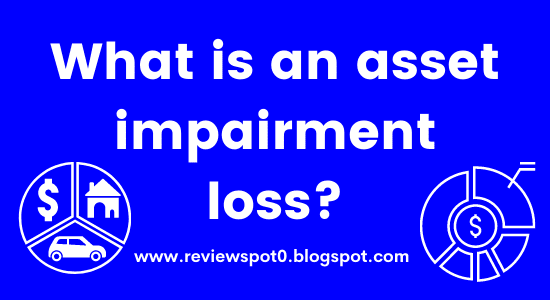What is "Asset Impairment"?
In times of economic downturn, many companies face business challenges and uncertainties that can negatively impact assets or reduce their value.
What is an asset impairment loss?
The initial recognition of an asset in the company's financial statements is measured at cost. thereafter, at each reporting date, the consumption (if any) and impairment (if any) of the assets are recorded at cost deductions; in this regard, different types of assets should be accounted for differently in accordance with the applicable accounting standards.
For assets that are not revalued at fair value, the assets are considered impaired if their carrying amount is higher than their recoverable value. recoverable value is the higher the value of the used asset (use-value) or immediate sale value (fair value fewer disposal costs).
Fair value is the price at which an asset can be sold in an ordered market. use-value is the present value of future cash flows expected from the use of the asset. the difference between carrying amount and recoverable value is an impairment loss that should be recognized in the income statement for the current period, or in other comprehensive gains if the measurement of the asset is based on a revaluation other than fair value.
Read Also- What is Insurance?
How do I know if an asset may be impaired?
At the end of each reporting period, the company needs to assess whether there are some indications that the assets may be impaired. if so, the company should estimate the recoverable value of the assets. the following are examples of signs of asset impairment:
- the market value of the asset fell
- credit rating decline (financial assets)
- adverse changes in the technological, market, economic or legal environment
- market interest rates rise
- the company's net asset value is higher than its market capitalization
- assets are scrapped or substantially damaged
- assets are idle, or the company has plans to suspend or reorganize operations or intends to sell assets
- the economic performance of assets was worse than expected
Regardless of whether there are signs of impairment or not, companies are required to conduct impairment assessments for the following assets every year:
- goodwill resulting from business combinations
- intangible assets that do not have a clear term of use
- intangible assets that are not yet available for use
How to determine the impairment loss?
When there are signs of impairment or otherwise required, the company is required to conduct an impairment assessment. if an asset cannot generate cash flow independently of other assets, the company needs to identify the smallest identifiable portfolio of assets (i.e., cash-generating units) to which the asset belongs and which can generate cash flows independently and determine its recoverable value.
There is a software manufacturing company whose management believes that the properties, plants, machinery, and licenses under its manufacturing operations constitute the smallest identifiable portfolio of assets that can independently generate cash flow. the following is its impairment assessment.
Companies should disclose the events and circumstances that constitute an impairment, as well as key assumptions of the impairment assessment, such as the expected growth rate of sales, the final growth rate, and the discount rate of use-value.
These disclosures provide useful information related to enterprise risk management that investors can take into account when making investment decisions.

Post a Comment